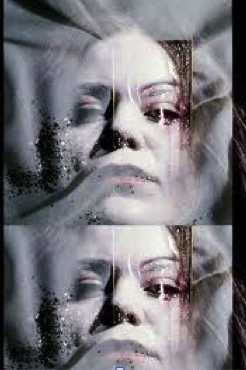Search This Blog
Official website of Annakarinaland , broadcast on KXSF.fm San Francisco Community Radio Focus on Women and Film. Published reviews and scholarly writing of film critic Moira Jean Sullivan
Posts
Showing posts from 2014
Asia Argento brings red magic to Cannes Un Certain Regard with 'Misunderstood'
- Get link
- X
- Other Apps
Swedish Cinemas have a new feminist movie rating
- Get link
- X
- Other Apps
Jacqueline Bisset wins Golden Globe for "Dancing on the Edge"
- Get link
- X
- Other Apps
Maria Klonaris, Greek experimental artist, passes away in Paris January 13.
- Get link
- X
- Other Apps



